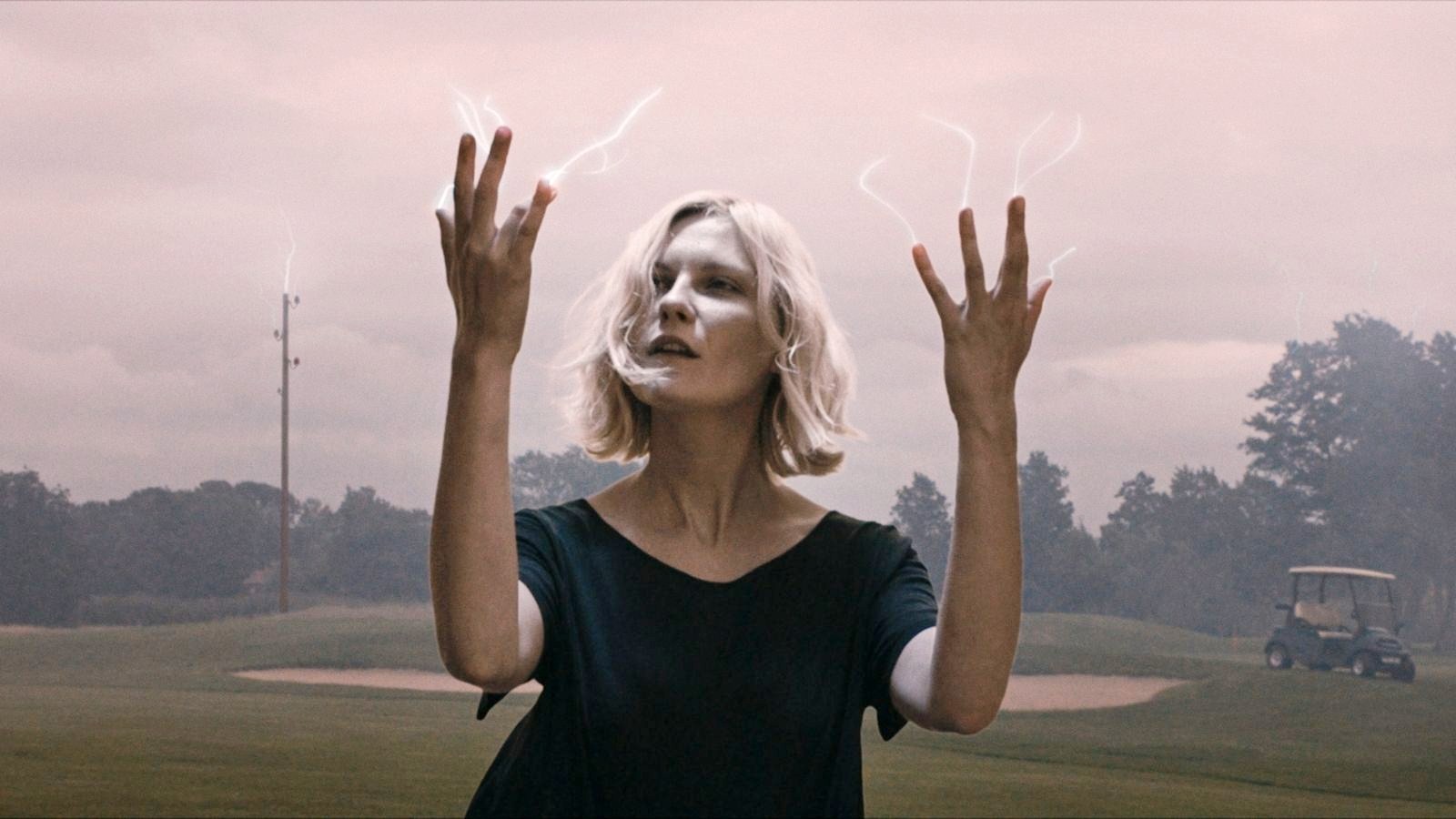
It’s hard to overstate the burden borne by a movie’s opening. The best ones are mini-treatises — bold statements that tie together plot and theme to give audiences a sense of where they’re going while getting them excited for the journey. The worst ones simply have us reach for the off button.
In the 2010s, a movie’s opening had to do more heavy lifting than usual. More media, devices, formats, and mediums meant more competition. Getting attention was one thing. Keeping it was another. If that wasn’t difficult enough, the last year of the last decade had an embarrassment of riches when it came to brilliant openings: Inglourious Basterds, Up, Antichrist, Watchmen, The Hurt Locker.
But cinema in the 2010s was intent, hellbent even, on making movies more immersive, more bombastic, more gripping, shining, and irresistible. And it had the tricks to do it. This is a list of the best openings of the decade. As such, this is a compendium of first scenes, not just opening shots. Inclusion on this list is not a testament to a film’s quality so much as to the strength of its intro. Finally, this is not a list of the best opening credits of the decade. That is a very different list.
20. Timbuktu
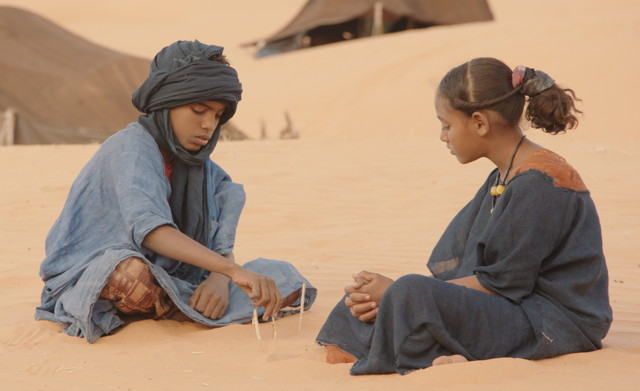
Film criticism loves to shower acclaim on intricate opening scenes that present adrenaline pumping set pieces or microcosms of the action to come. Think the cold opens of the James Bond or Mission Impossible franchises, the first kills of horror films, or those out-of-context scenes that grab attention in that we know their importance will only be explained later. Abderrahmane Sissako’s Timbuktu manages to pull off something infinitely more concise, poetic, and effective.
The film opens with a gazelle running through the landscape. Its predator is unseen, yet the way it runs assures us that whatever is hunting it isn’t far behind. We then see a vehicle driving through the desert with the black flag of Daesh waving.
Cut to traditional African masks being riddled by bullets from automatic machine guns, cultural symbols and relics now having their destruction become the symbol of something devastating and tragic. In three shots, Sissako has established place, time, and conflict. It’s a triumph of film grammar and an indication of the difficult story that’s about to be masterfully told.
19. Mug
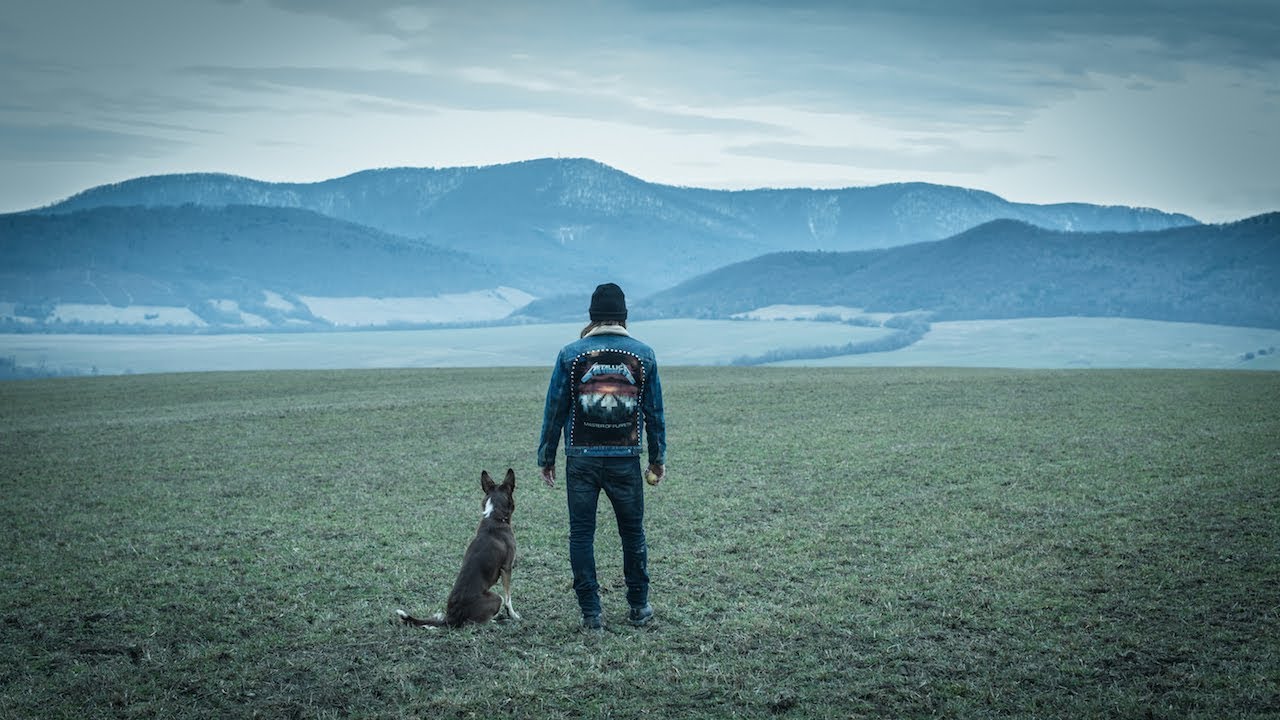
Two words: underwear shopping. Mug begins with a black screen informing us that we’re “nowhere”. A crowd waits outside a store advertising an “underwear stampede Christmas sale”. Hushed anticipation explodes into madness as shoppers file in, disrobe down to their skivvies, and run amok. Practically a universe away from Hollywood, the scene is content to play out with a sense of naturism and accepted chaos. It’s not quirky or played for fun. Strained faces wretch in agony and anger as neighbors tussle over big screen TVs. Some faces are blurred as swelling music drives home the unfortunate display.
Director/Writer Małgorzata Szumowska then shows the title card as hard rock shifts the mood. The abrasive music choice is then juxtaposed against beautiful open shots of the landscape and, eventually, a car driving down the road. One might wonder what underwear shopping has to do with the tallest Christ statue in the world or Poland’s first face transplant, the two events Szumowska’s film focuses on, but the scene certainly makes viewers want to find out.
18. Four Lions
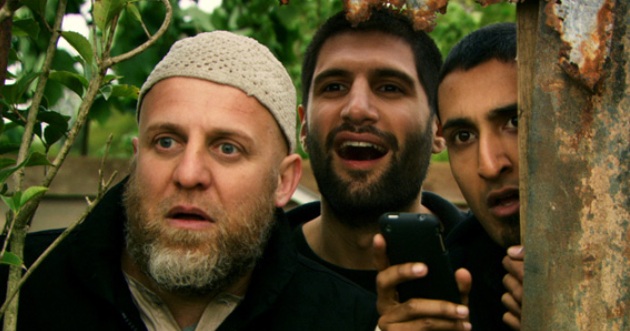
Chris Morris’ Four Lions might be its decade’s most audacious comedy. Coming at the start of the decade, the comedy about bumbling Islamic terrorists operating within the UK did something that was unthinkable at the time. It looked at one of the darkest, most uncomedic topics of its day and found humor in the banality, delusion, and pathos of aspiring mass murdering fundamentalists. It also dared to look at a controversial topic with empathy, warmth, and a decolonized perspective that would up the game of every hot-button comedy that came after it.
The beginning sets the tone perfectly. Morris’ band of murderous misfits is shooting a video, the kind that was just starting to proliferate on social media. A dreary flat has to double for a cave. The weapon in the video is so diminutive, it’s only intimidating in the sense that it makes the hands holding it look bigger. Arguments erupt over fast food.
The audience is taken out of the frame, so that we’re watching the leader, played by a then-unknown Riz Ahmed watching, bemoaning that the hot mess we’ve just seen was the best take. Only a few years later, the idea of young people living in the west going east to pursue their radical dreams would become a waking nightmare. Morris and co. beat them to the punch by showing just how ridiculous that is.
17. Gravity
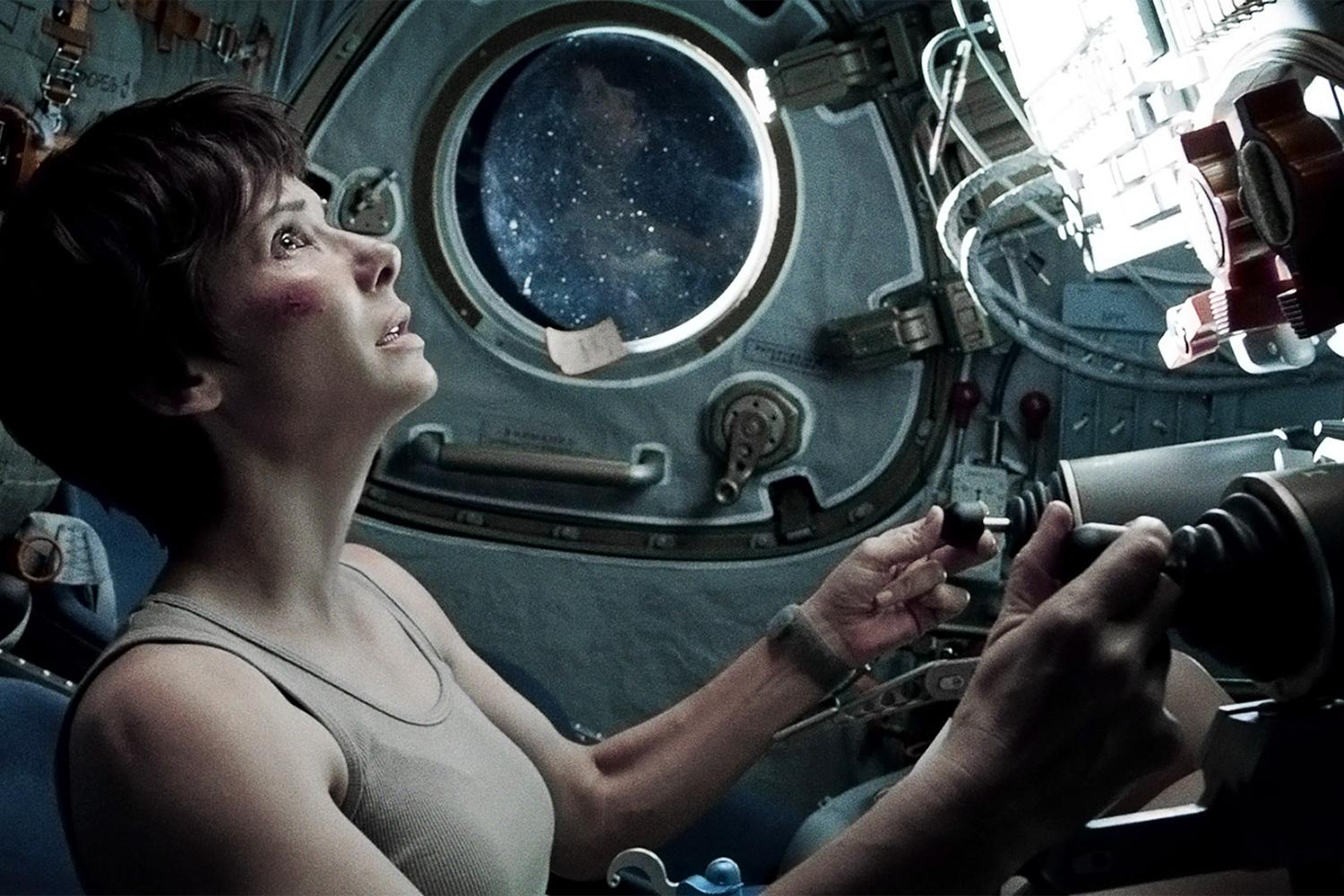
Perhaps because it was so high concept and made such great use of its 3D format, Gravity has not lent itself to repeated viewings. For this reason, its sway over the minds of movie-goers has faded, despite winning Alfonso Cuaron nearly all the best director awards and almost sweeping the film to a rare best picture Oscar.
None of this, however, can detract from the strength of its opening. The film starts with two astronauts, played by Sandra Bullock and George Clooney, mid-spacewalk. Ground control (voiced by none other than Ed Harris) warns of an incoming storm of debris, and just like that, the audience is in the middle of one of the most immersive experiences 3D cinema had ever offered.
Taking full advantage of improving special effects to create an experience that demands to be seen on the widescreen, Cuaron delivers a scene that is both suspenseful and horrific. We spin and turn with Bullock’s character as the, ahem, gravity of the situation becomes apparent. This is an opening that felt more like a roller coaster ride, which might explain why Gravity missed so many end-of-the-decade lists. Most films can be watched anywhere, but Gravity is something you have to experience.
16. It Follows
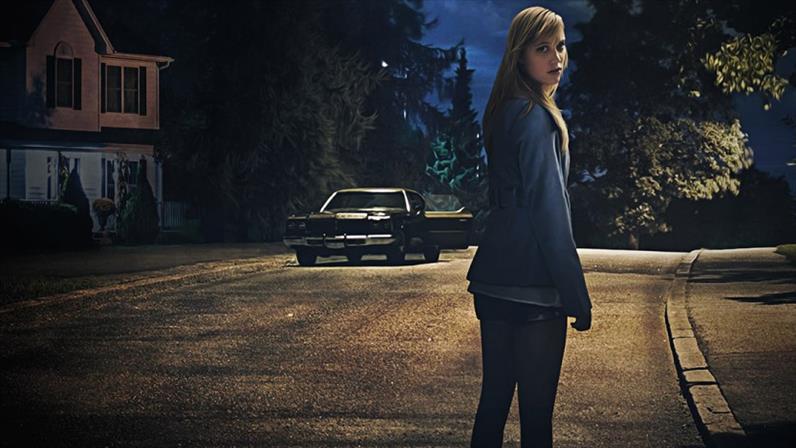
Anyone paying attention to horror in the 2010s knows that it was a golden age for the genre, and few genres rely on the opening to strike the tone as much as horror. It’s a bit ironic then, that one of the strongest, strangest, and most effective openings came not from one of the decade’s dominant horror voices but from genre chameleon David Robert Mitchell. Just as his film upends some of the genre’s most enduring (and tiresome) tropes, especially when it comes to slashers, his opening sets the hauntingly ethereal stage.
It opens with a woman running frantically through the street. She offers a terse, emotional farewell to family then retires to a beach. The whole affair is shot to be hauntingly beautiful, with each frame composed to look like a painting, with movement or bursts of light in otherwise dark corners. We don’t see the source of her terror, but we see its effect with a blunt cut to limb-twisting gore and horror. With that, Mitchell’s It Follows starts off on a note that lets us know that what’s coming is familiar but decidedly different.
15. Arrival/Incendies
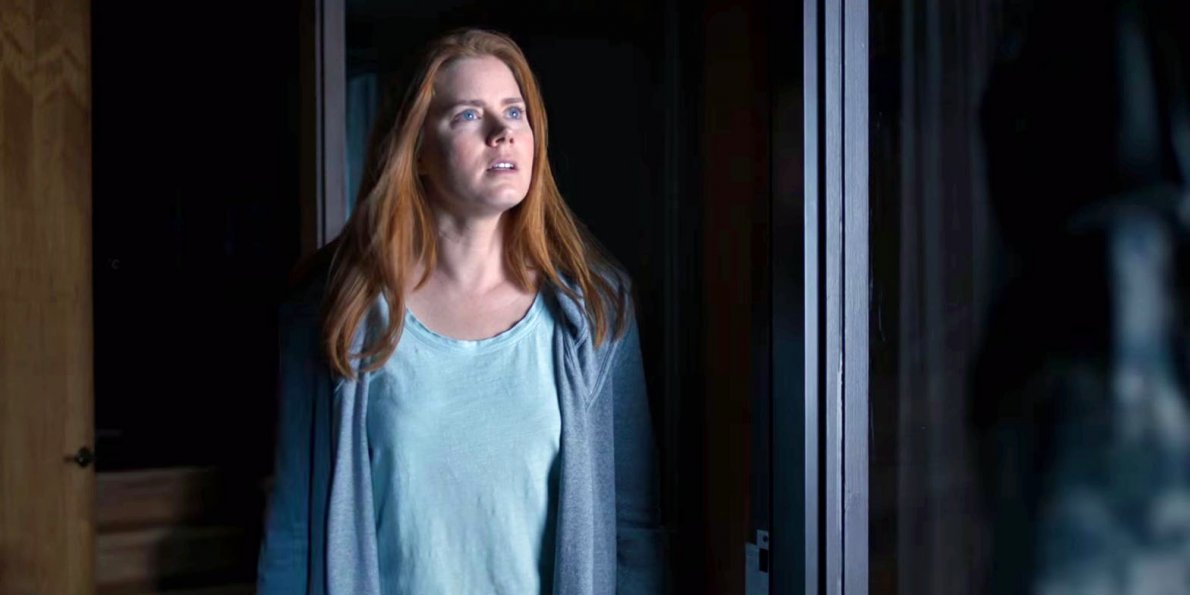
Denis Villeneuve had one of the most brilliant careers of the 2010s, and few directors have managed to be as prolific without dipping in quality. More than this, at different points in his career, he delivered efforts that were so effective that they essentially served as a resume for future, more ambitious work. For these reasons, this entry is split to recognize two of his most effective openings, both of which cheekily and effortlessly offer big clues as to what will come next while revealing very little.
Incendies opens with imagery that would be all too familiar in the years that followed. We find ourselves in a ramshackle building where children are having their heads shaved. The words “child soldier” aren’t muttered, but the track of choice—Radiohead’s “You and Whose Army?”—and the haunting looks of the children say enough.
Arrival’s opening is more eventful. We see Amy Adam’s character raise her daughter and painfully watch her succumb to disease. This tragedy feeds directly into the earth-shaking event that aliens have made first contact. We think we’re seeing a personal tragedy lost in the fold of history being made. It’s one of the greatest tricks of storytelling in a decade that was full of them.
14. Loro
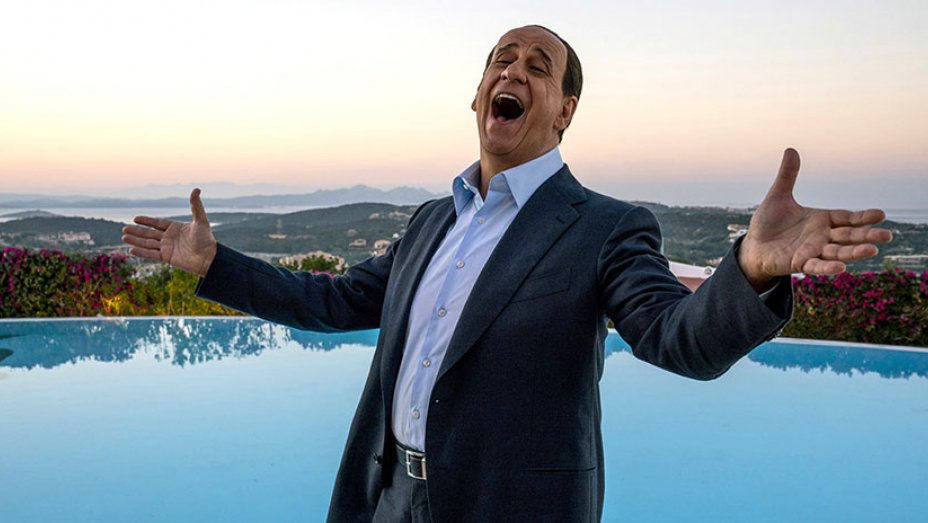
Paolo Sorrentino spent the decade careening through genres and mediums, infusing each effort with his idiosyncratic eye for absurdity and a biting wit. Loro seemed to give Sorrentino full range to explore his recurring themes of the absurdity of power structures and the search for beauty and truth among decadence.
Loro is essentially about controversial former Italian Prime Minister Silvio Berlusconi, but it seems just as concerned with the circle of influential people that surrounded him. The 145-minute cut of Loro that was made to qualify the film for the Academy Awards was less well-received than the two “acts” released months apart in Italy, but it has one of the decade’s strangest opening scenes.
A sheep wanders into a house that is meant to be Berlusconi’s. It watches a TV showing the sort of mindless gameshow that brought Berlusconi so much wealth and fame before looking at an air conditioner. The temperature falls. The sheep dies. Most of the scenes on this list serve story and tone first, but Sorrentino kicks off his opus with a metaphor that is silly and bizarre enough to seem just short of patronizing.
13. The Act of Killing
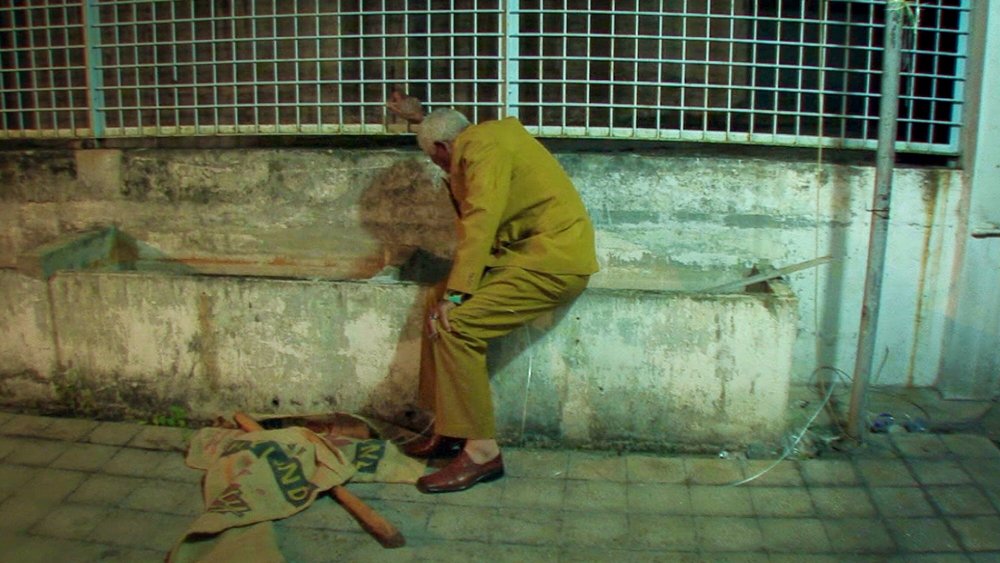
Few films have openings that earn a WTF as much as The Act of Killing. Text on a black screen provides historical context and explains the filmmaker’s mission.
For those that don’t know, The Act of Killing focuses on the state-sanctioned murder of over a million people who the Suharto regime considered dissidents. Under the auspices of ridding their country of communists, a gesture that earned the support of western governments, paramilitaries committed mass atrocities. Some of those perpetrators reenact them in this film, approaching the opportunity as an exercise in nostalgia that becomes something much deeper.
After the introductory text, director Joshua Oppenheimer cuts to a hollowed-out structure in the shape of a fish. A line of dancers emerges from the fish slowly as music plays. It is a surreal image, made even more by the tonal juxtaposition implied by the subject matter. The Act of Killing and its sequel The Look of Silence are among the decade’s most important works, and Oppenheimer opens the film with such a bizarre flourish that the horrific nature of what comes after functions as both time machine and hypnosis. Other documentaries in this decade would go the recreation route, but The Act of Killing’s opening scene marks it as the commanding work that it is.
12. Us
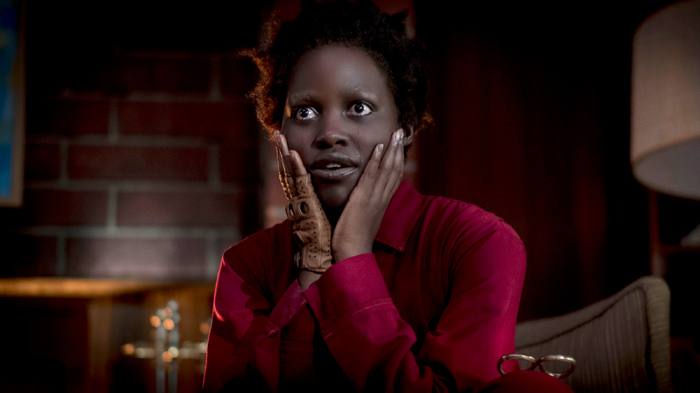
The saying goes that comedy is all about timing. This might explain why Jordan Peele, who rose to fame as one part of comedy duo Key & Peele, so confidently delivered two of the 2010’s most effective horror efforts. Horror is just as reliant on timing, and Peele has great timing. Us opens with a masterful stroke that builds suspense, sets up the plot, and serves as a handy bit of misdirection.
In the prologue, a young Adelaide and her parents are at the Santa Cruz beach boardwalk. Having wandered away from her parents, she finds herself in a funhouse, and the audience sees a mirror image behind her. The open credits play over a widening shot of rabbits in cages while Michael Abel’s haunting score plays. The film continues by both addressing Adelaide’s trauma and moving into the present.
Part of what makes this intro is so effective is that Peele’s script manages to obscure something that might otherwise seem obvious without succumbing to cheap gimmicks or relying on unfair, illogical twists. Few films have managed to leverage audience expectations so well, telling a story that feels genuinely surprising even as it offers something fairly straightforward.
11. We Need to Talk About Kevin
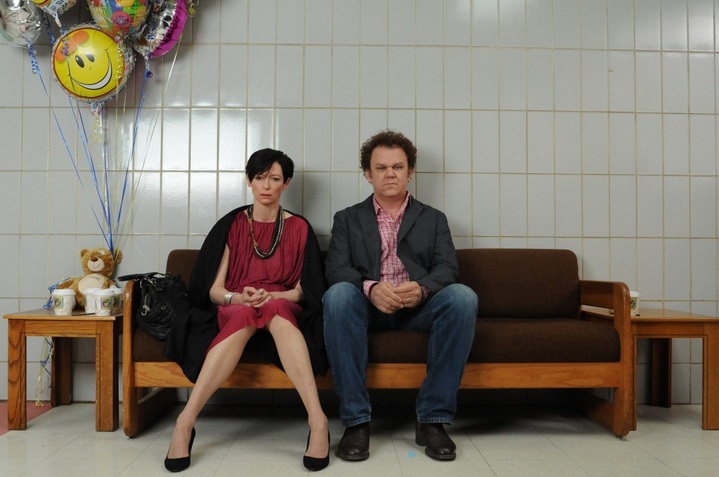
Few openings in the 2010s were as artful as that of We Need to Talk About Kevin. Every one of Lynne Ramsay’s efforts has been met with acclaim for her strong compositions and painting-like shots. We Need to Talk About Kevin is a dark tale crouched in a stark white palette that becomes more and more sinister over time, and the beginning conveys the impending familiar strife and violence without revealing much.
The film opens with splashes of red. Those familiar with the source material might think they know what it is, but we find ourselves with Tilda Swinton at the La Tomatina festival. The violent explosions of red are actually a symbol of the main character’s happiness, a remnant of a life filled with joy and excitement before the real world set in. The red then changes to be something more familiar and in line with the existential dream and horror that will define this story. Throughout the film, we’re called back to those shades of red and their continually changing meaning.